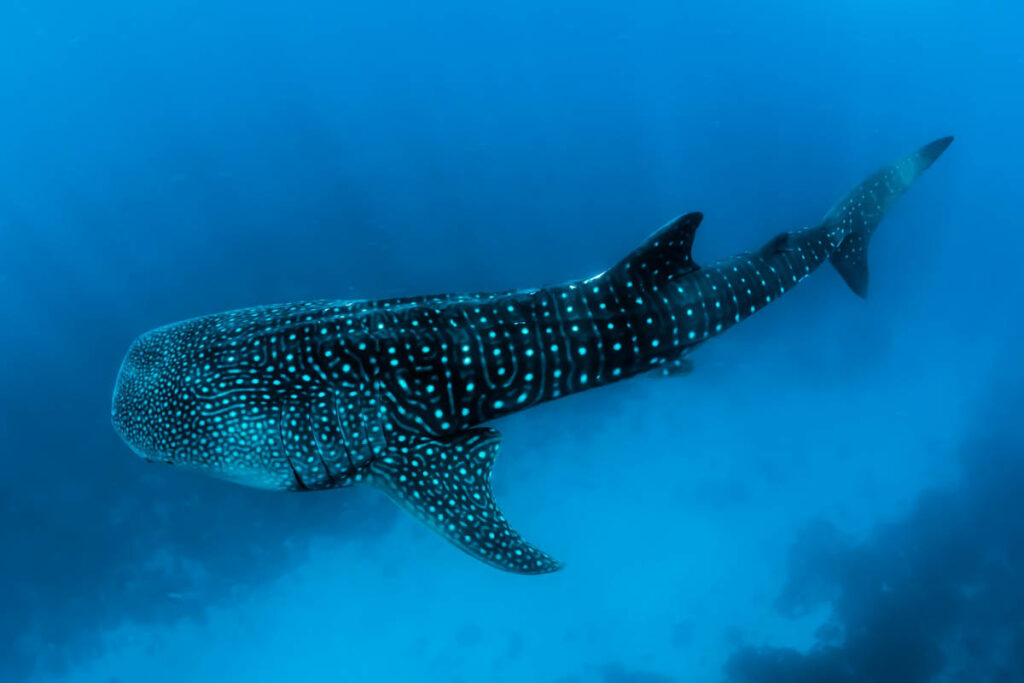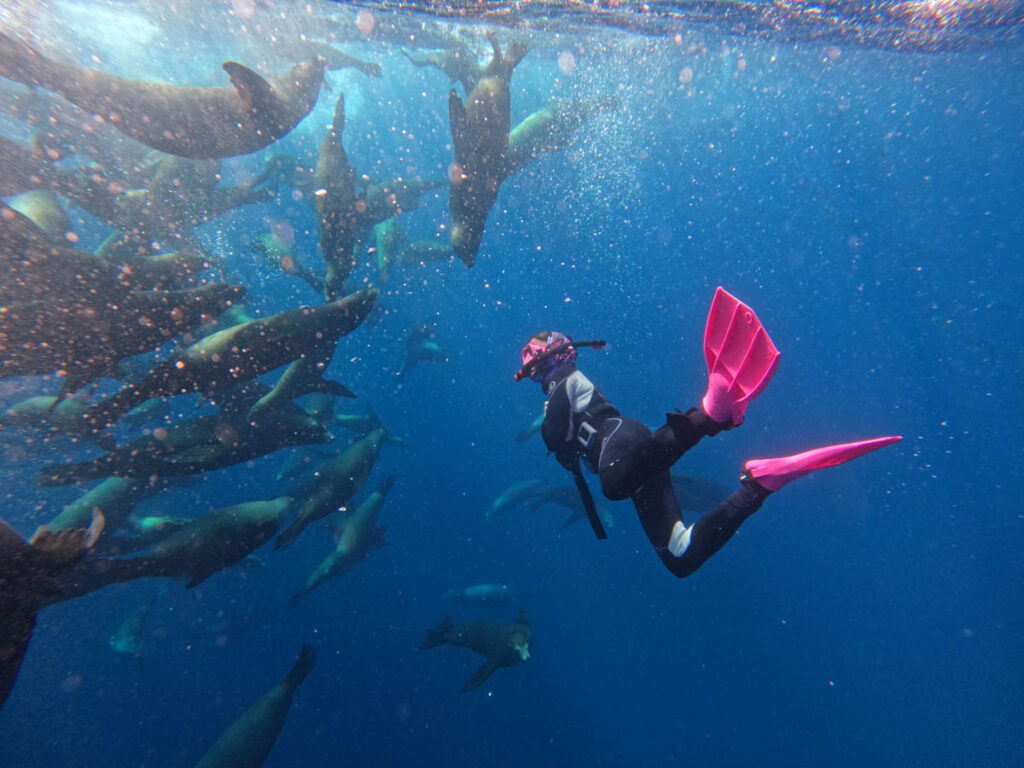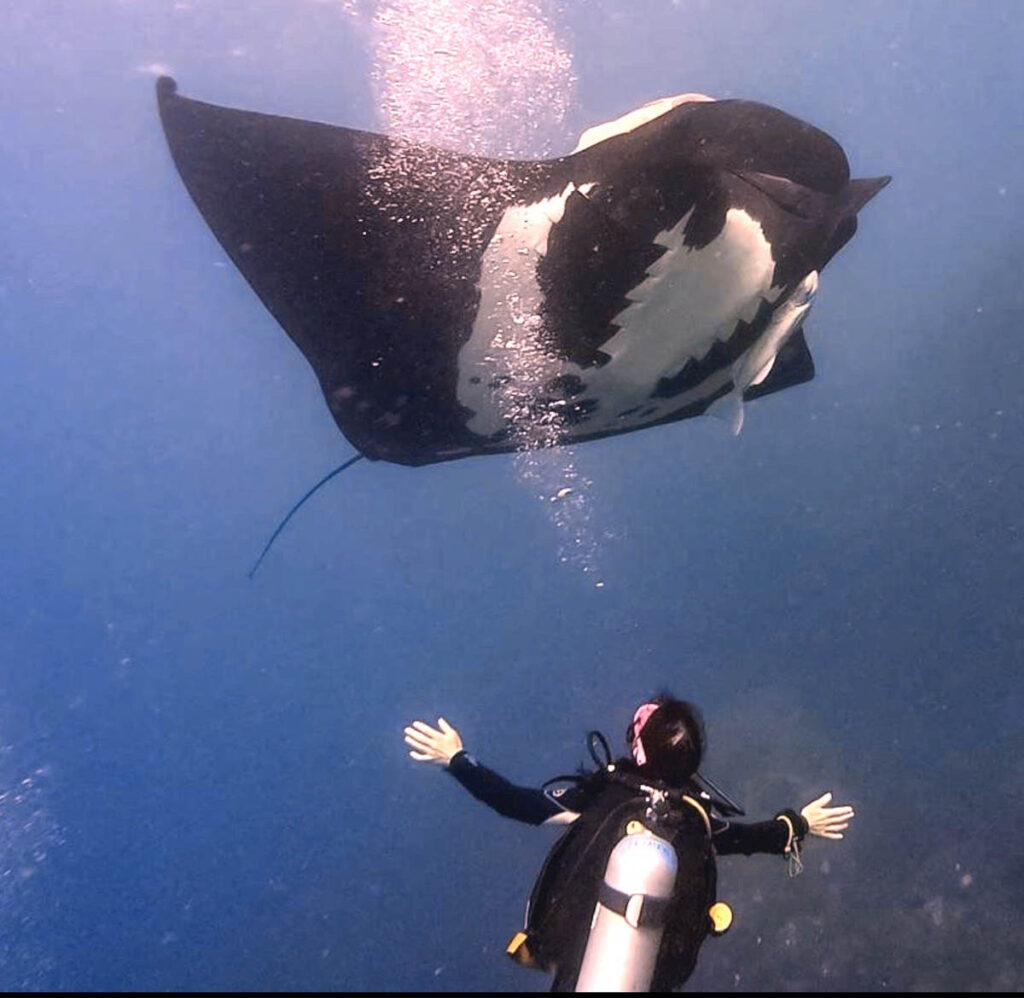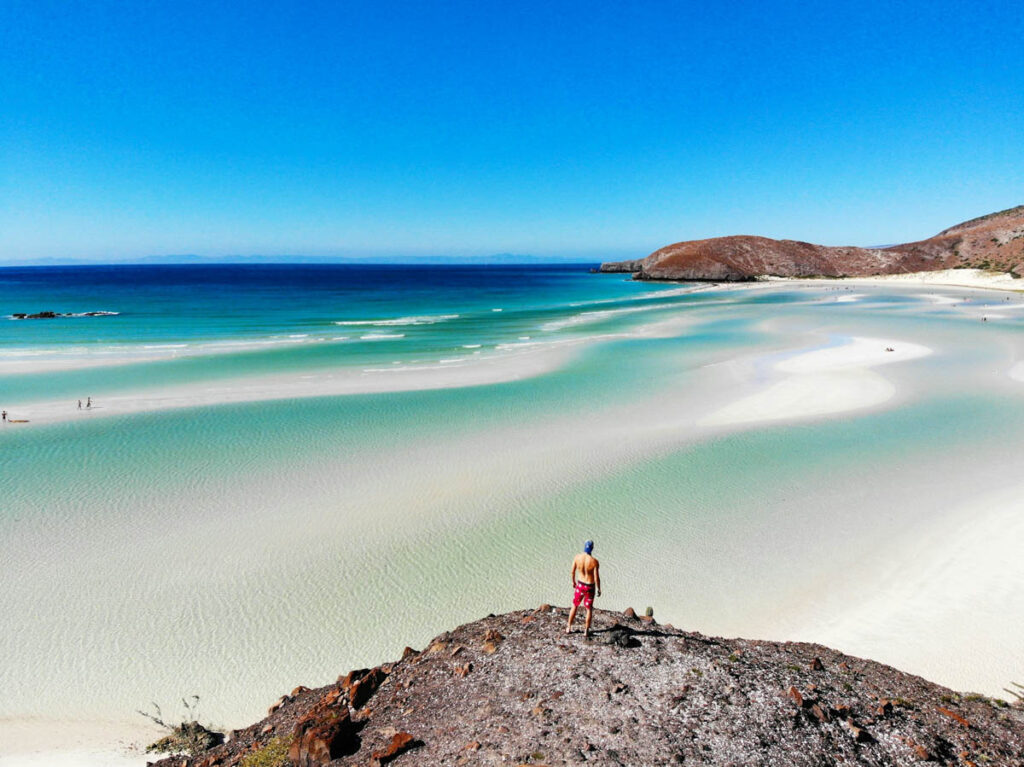Welcome to Baja California, where the sun-drenched coastline is surrounded by turquoise waters and an abundance of marine life. Baja California is one of the best places to go diving in Mexico, offering easy access to protected coral reefs and bucket-list marine megafauna. So let’s explore what makes this destination a must for underwater enthusiasts.
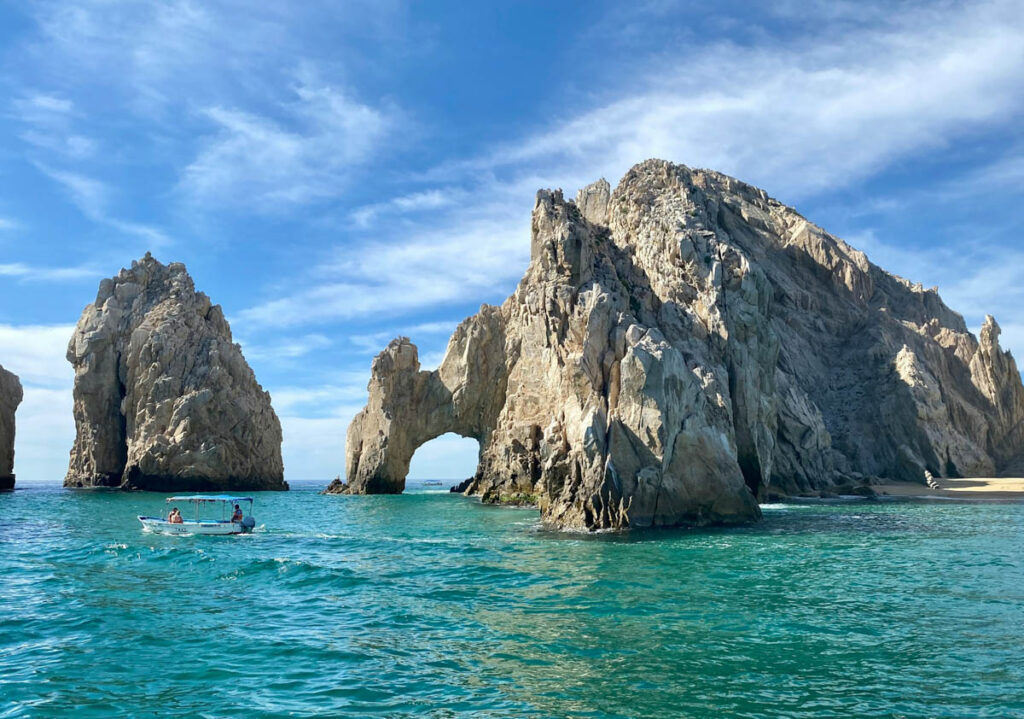
Photo by Victoria Bragg on Unsplash
- Easy diving and snorkeling in warm, clear blue waters
Cabo San Lucas is one of the most popular tourist destinations in Baja California and is perfect for a diving and beach vacation with family and friends. Cabo’s famous arch and Pelican Rock offer easy snorkeling with colourful reef fish and the dive sites have something for all experience levels.
Just a stone’s throw from Cabo’s beaches, you can swim with sea lions and explore rocky outcrops that host pelagic fish, sea turtles, and nurse sharks. If you love sharks and are a more experienced diver, Gordo Banks is a must. There you can dive with scalloped hammerheads and other ocean giants such as marlin, tuna, manta rays, and dolphins.
When you’re done diving, enjoy Cabo’s vibrant marina. There are plenty of waterfront restaurants and bars, plus boutique shopping at the aptly named Luxury Avenue. The marina is full of luxurious yachts and there are enough sunset cruises, whale-watching trips, and game fishing excursions to keep everyone entertained.
Top tip: There are numerous places to stay in the heart of Cabo, but if you want somewhere quieter that’s within easy walking distance of the marina, try Terrasol Beach Resort.
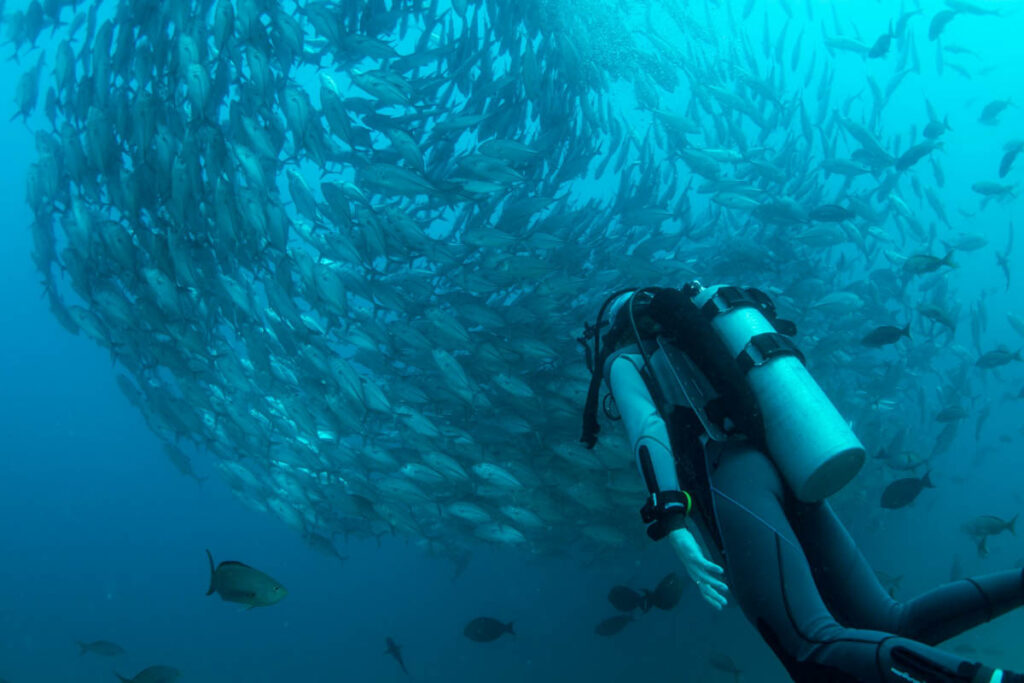
Photo by Pascal van de Vendel on Unsplash
- Dive with huge schools of jacks at the “World’s Aquarium”.
Just a two-hour drive from Cabo San Lucas you can experience what Jacques Cousteau called “the world’s aquarium”; the Cabo Pulmo Marine Reserve. This peaceful dive spot in the Sea of Cortez is far from the bustle of Baja’s towns; surrounded by huge cacti and rolling hills and tucked away at the end of a long, unsealed road. It is a famous conservation area teeming with life and has a laidback, understated allure.
The diving conditions are generally easy with warm waters all year, making diving in Cabo Pulmo perfect for divers of all levels. There are huge schools of jacks and healthy reefs with plenty of tropical fish and sea turtles. The dive sites are just a 10-20 minute boat ride from the beach and the ramshackle beach cafes give this dive spot a quaint, peaceful vibe.
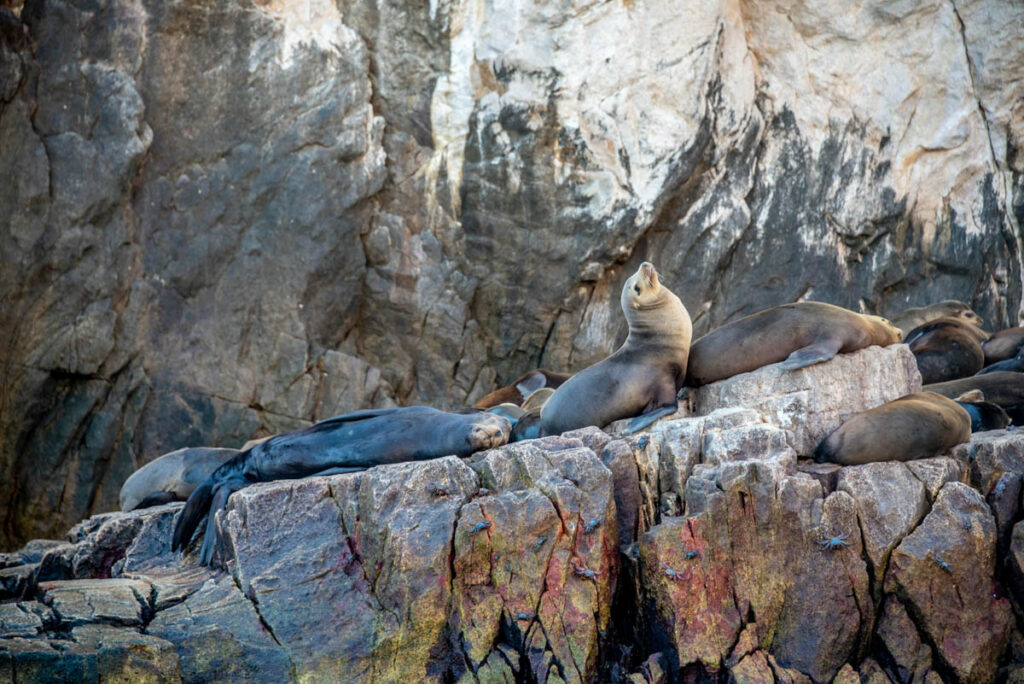
Photo by David Nieto on Unsplash
- Snorkel with sea lions, whales sharks, and mobula rays.
A little further north, La Paz offers an opportunity not to be missed; diving with sea lions and snorkeling with whale sharks in calm, clear waters. La Paz, the capital city of Baja California Sur, sits next to a huge, protected bay that has exceptionally calm water. Numerous whale sharks visit La Paz Bay every year and you can go snorkeling with them.
As well as whale sharks, La Paz is also known for its mobula rays and orcas. Mobula rays gather in enormous schools in the Sea of Cortez from March to July and snorkelling with them (and orcas if you’re lucky) is a spectacular experience.
On land, explore the historic city, indulge in the local cuisine, or embark on a journey to UNESCO Espiritu Santo Island. The landscapes alone make this beautiful island well worth visiting, and you can go diving or snorkeling with dozens of sea lions at a nearby sea lion colony.
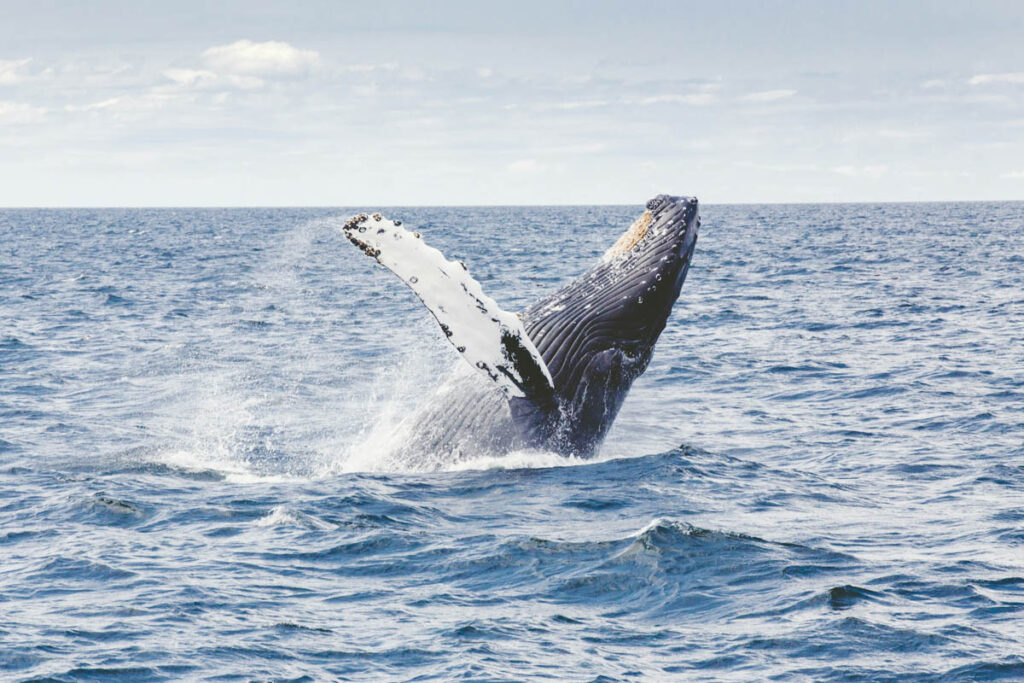
- Encounter the world’s largest whales.
Further north again, Loreto is relatively off the tourist radar and offers a tranquil place to rejuvenate among nature. There are crystal-clear waters and white sand beaches to explore and the Loreto National Marine Park is home to over 800 marine life species.
There are topical fish, sea lions, and dolphins in abundance at Loreto, but the real draw is the whales. Loreto is one of Baja California’s whale hotspots and hosts fin, blue, humpback and sperm whales.
From January to March, humpbacks and blue whales migrate along the coast in search of warm waters to give birth. For a once in a lifetime experience, hop on a boat tour to meet the blue whales, the largest mammal on our planet.
- Experience Mexico’s thrilling sardine run.
For a thrilling marine life experience like no other, head to Magdalena Bay during the sardine run. You can snorkel or freedive with huge bait balls of sardines and watch one of nature’s true spectacles unfold.
The action doesn’t stop at Magdalena Bay, with the bait balls attracting marlin, dorado, numerous sharks, sea lions, dolphins, feeding whales, and an array of seabirds. It is an incredible experience being among so much life.
This is no ordinary snorkeling trip though. It involves long days at sea and you need a sense of adventure as you navigate the Pacific Ocean’s open waters and potential swells, but the rewards are utterly worth it!
Top tip: Take a good pair of freediving fins with you so you can keep up with moving bait balls and passing whales.
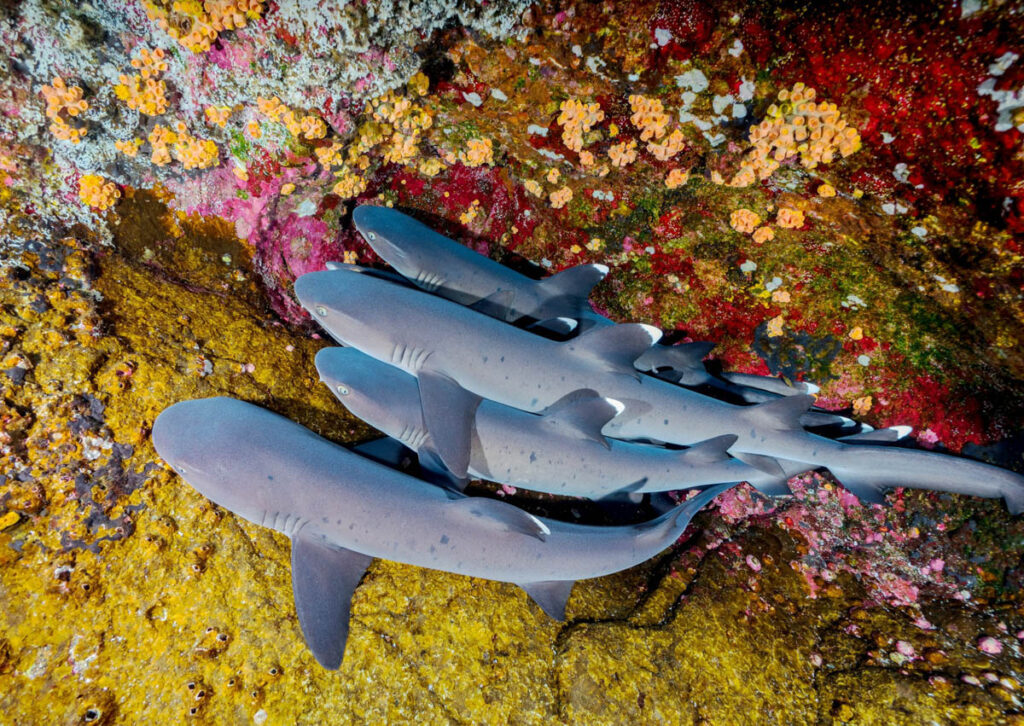
Photo by Francisco Jesús Navarro Hernández on Unsplash
- Dive at the second most remote dive site on Earth.
The Revillagigedo Islands, often called the Socorro Islands, need no introduction; they are on the wish list of divers around the world. This incredible dive destination lives up to the hype, offering diving at volcanic islands swept by currents and teeming with life.
It takes a long time to get to the Socorro Islands, around 30 hours by liveaboard, and once there, it feels like you’re at the edge of the world. None more so than at Roca Partida. This tiny needle in the open ocean is the world’s second most remote dive site and is washed by currents and surge. Below the surface, there are sheer walls with abundant fish life in bright blue waters. Sharks are patrolling the deep and you might even spot passing dolphins.
At San Benedicto and Socorro Island, you experience what most people go Socorro Islands diving for; encounters with Socorro’s famously friendly oceanic manta rays. These majestic rays are huge, up to 7 meters from wingtip to wingtip, and they are seen on almost every dive. They love to come close to divers and, if you’re lucky, will hang out in your bubbles and repeatedly pass you by.
As well as charismatic mantas, these special islands also have numerous sharks, including whitetip reef, silky, Galapagos, tigers, scalloped hammerheads, and whale sharks.
- Meet the gray whales of San Ignacio Lagoon.
Finish your Baja California diving journey with a visit to San Ignacio Lagoon, where friendly gray whales await. An opportunity to interact with these gentle giants makes for an unforgettable experience. No diving is needed here—just a sense of wonder and a camera to capture when these magnificent creatures come right up to your boat to interact.
How easy is it to get to Baja California?
Over 30 major airports around the world have direct non-stop flights to Cabo San Lucas (SJD) and it is easy to get shared or private transfers to Baja’s dive destinations. See Creatures in Cabo San Lucas provide all you need, including day and liveaboard diving trips throughout Baja California.



